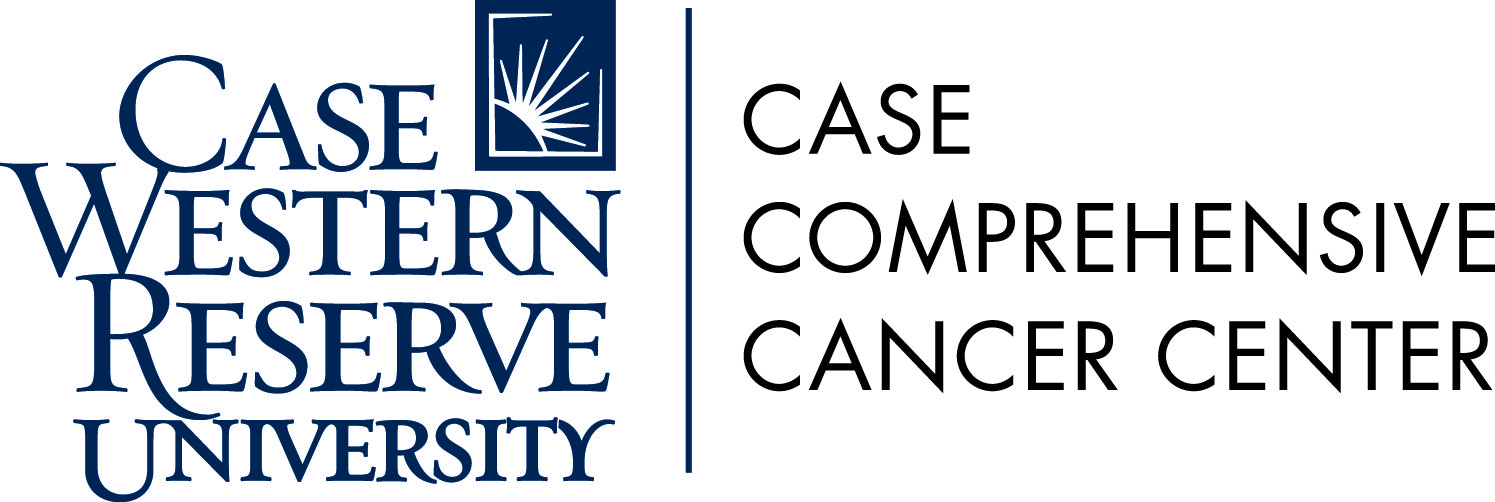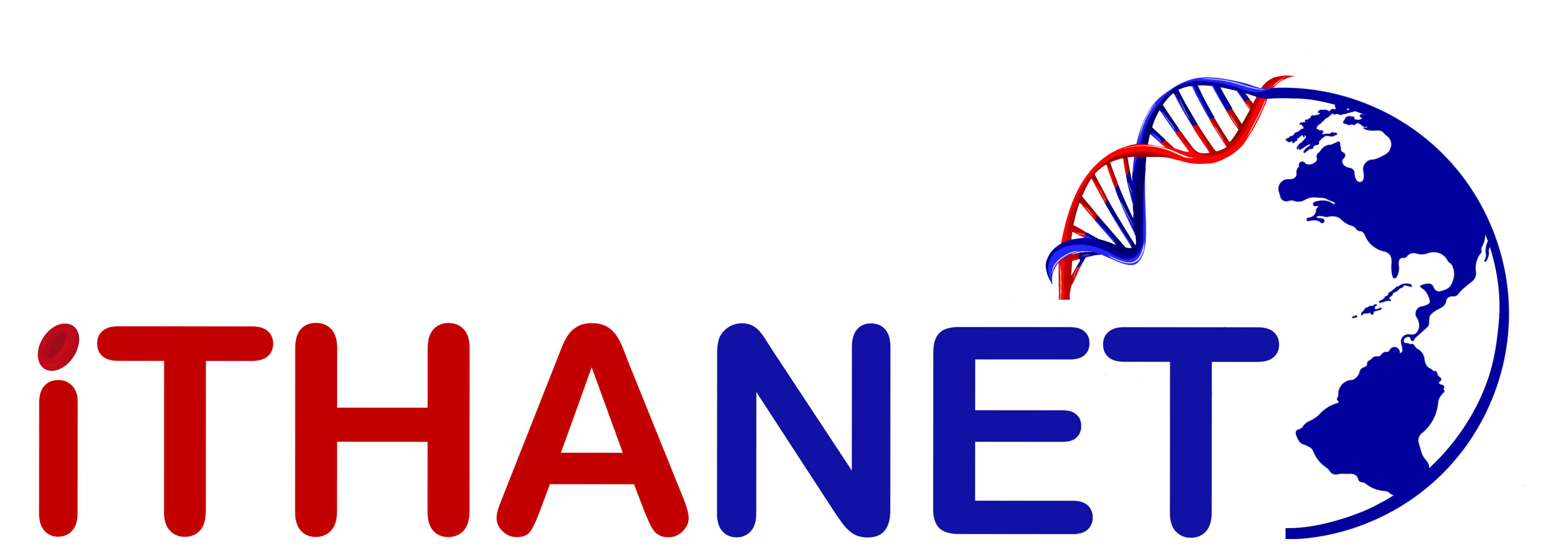
This is a phase II study of patients with sickle cell disease. It aims to find out if people with sickle cell disease can be cured by changing their immune system before they have blood stem cell transplants. Doctors will give patients a new drug (fludarabine) to see if this drug changes patients immune system and reduces the patient's cells (host) from rejecting donor cells (graft).
More information: clinicaltrials.gov, ITHANET Clinical Trials




